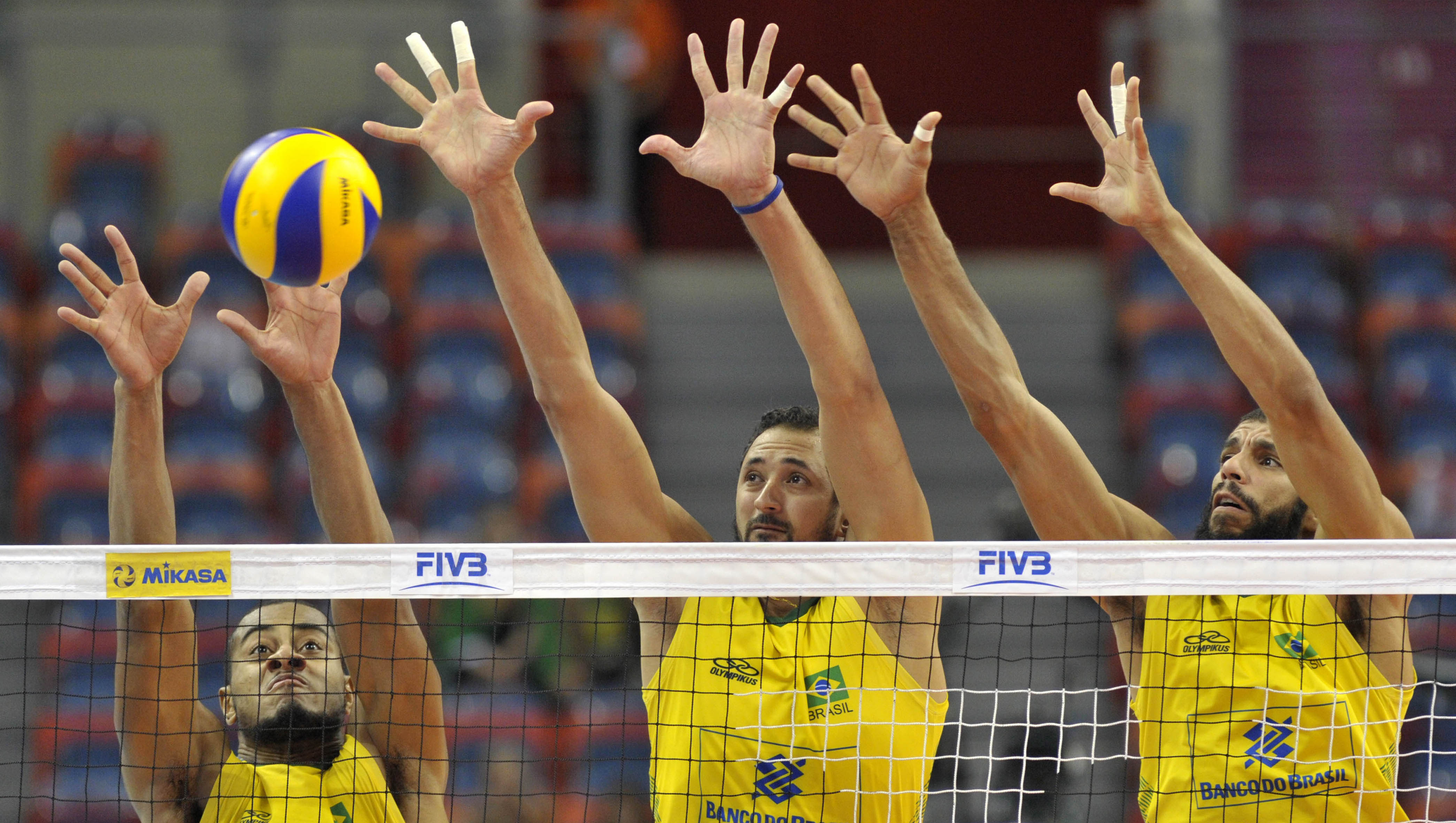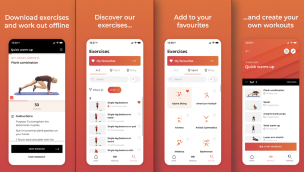First aid for acute injuries in volleyball
Volleyball is a sport with a lot of jumps and landings. Typical situations where you can suffer from an ankle sprain when landing on your mates or opponents foot.

The recommended treatment for most acute injuries is referred to as the PRICE principle. This is an acronym for protection, rest, ice, compression, and elevation.
The goal of this treatment is to:
- Reduce pain and swelling
- Lay the foundation for a good rehabilitation
We recommend continuing the treatment for at least 48 hours after the time of the injury. However, some of the elements are more applicable than others.
Basic principles
PRICE is comprised of basic principles in the treatment of acute injuries, but should always be tailored to the injury type and site. Always use common sense. If a serious injury is suspected, contact emergency services.
Protection
In this context, it means to remove the athlete from play to protect against further injury. This is especially important in the first 48 hours after the injury occurred.
Rest
The athlete should not continue with any activity following the injury. A general recommendation is that the knee should be offloaded during the first 24 hours.
Ice
The aim of applying ice is to relieve pain. 20 minutes with an ice pack every other hour for a day or two has a good effect.
Even though there are many commercial ice products available, the best solution is often a plastic bag filled with crushed ice and some water. Place a damp towel between the ice pack and skin.
Compression
The most important aspect of first aid treatment for acute knee injuries is compression. This can reduce swelling. Use an elastic bandage and start wrapping it around the knee. Start from below the knee and finish slightly above it. The bandage should be as tight as possible, without stopping blood flow past the injury site. Signs that the bandage is too tight can include numbness, tingling and increased pain.
Elevation
Swelling in the knee can often be limited by keeping the knee elevated. Let the foot rest above hip level on a chair or cushion. This is particularly important in the first few hours, but it is best to continue to keep it elevated as much as possible for the first 24 hours. Remember that compression should be maintained around the clock to keep internal bleeding (swelling) to a minimum.
Knee injury
If you suspect a knee injury, stop your activity and start PRICE treatment immediately, focusing on compressing the knee joint. Elevate the injured leg higher than the rest of the body. Go straight to the emergency room if there are signs of injury to the ligament or meniscus. If the right treatment is performed early enough, it is possible to examine the knee. If it swells significantly, it will be more difficult to make a diagnosis.
Read more about treating acute knee injuries here.
Sprained ankle
If you sprain your ankle, stop your activity and start PRICE treatment immediately. Apply compression as quickly as possible, in order to prevent swelling and pain. Avoid putting any weight on the ankle for the first 24 hours. Go straight to the emergency room if the foot or ankle is displaced.
Read more about treating acute ankle injuries here.
Shoulder injury
Stop your activity if you suspect your shoulder is injured. Start PRICE treatment immediately.
Read more about treating acute shoulder injuries here.
Hand or fingers injury
If your hand, wrist or fingers are injured, stop your activity and start PRICE treatment immediately. If your finger is displaced, it could be due to a fracture or a dislocated joint. Go straight to the emergency room.


